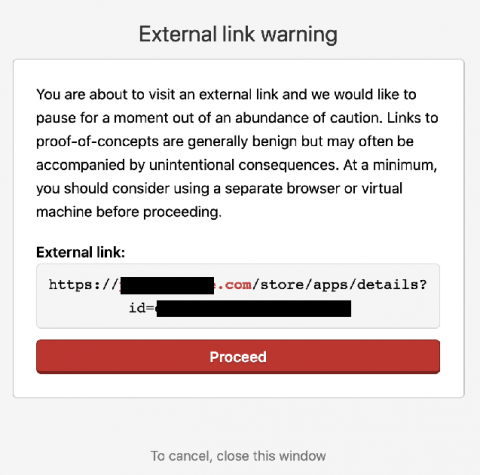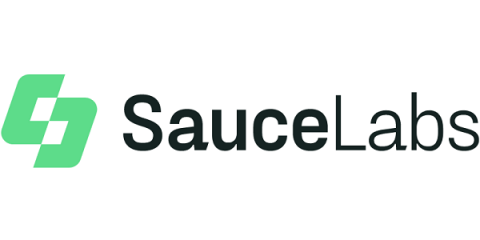Systems | Development | Analytics | API | Testing
Security
Security Best Practices for Node.js
Because a lot of systems are connected to the web these days (or, at least, communicate/integrate with it at some level), companies are giving more and more attention to web security. Web security usually comes to public attention when certain events reach the news, for example, security leakages, hacker activities, and/or data-stealing over big companies, some of them really large (like Google, LinkedIn, etc.).
Kubernetes Security Best Practices You Must Know
Kubernetes (k8s) enables you to efficiently orchestrate container management, in the cloud or on-premises. As a whole, k8s provides many benefits, including features for self-healing, automated rollouts and rollbacks, load distribution, and scalability. However, k8s is a highly complex platform and requires extensive configuration.
Security Never Sleeps: Why a Secure Network is a Must for Testing in the Age of Remote Work
In this webinar, security experts Sivan Tehila and Justin Dolly will discuss:
- The various threats to your network and to your testing environment that have come about as a result of remote work
- How cybersecurity is an integral part of the organization's business continuity plan
- Tips and best practices for securing the home network when the endpoint is now everywhere
Protecting Your Apps From Link-based Vulnerabilities: Reverse Tabnabbing, Broken-Link Hijacking, and Open Redirects
Links are so fundamental to web development that they're almost invisible. When we link to a third-party page, we hardly ever consider how it could become an opportunity to exploit our users. In this article, Julien Cretel introduces us to three techniques that bad actors can use to target our users and discusses how to avoid them.
Use AI To Quickly Handle Sensitive Data Management
How to Incorporate Security Into Your company's SDLC
It’s been shown that if you follow a proven collection of practices for developing, designing, testing, implementing, and maintaining your software, you will produce a much higher quality product. Over the past few years, we have seen an increasing number of cases of attacks on the application layer. The Open Web Application Security Project, OWASP, estimates that around one-third of web applications contain security vulnerabilities.
What Security Means for Web and Mobile Application Testing
Employees today are more mobile than ever. As we saw, due to COVID-19 the majority of organizations moved their employees to a work from home model overnight. This quick change of location forced businesses to implement solutions that would provide their workforces secure remote access to an increasingly complex corporate network.
Snowflake Service Account Security, Part 3
In Part 1 and Part 2 of this blog post series, Snowflake Service Account Security, discussed service accounts threats and how to mitigate those threats with Snowflake features. Part 3 demonstrates how to manage credential rotation with a sample Hashicorp Vault plugin. You can use many platforms to achieve similar results. The important thing is to understand the patterns used to apply these controls to protect your service accounts.
Top 10 API Security Threats Every API Team Should Know
As more and more data is exposed via APIs either as API-first companies or for the explosion of single page apps/JAMStack, API security can no longer be an afterthought. The hard part about APIs is that it provides direct access to large amounts of data while bypassing browser precautions. Instead of worrying about SQL injection and XSS issues, you should be concerned about the bad actor who was able to paginate through all your customer records and their data.









